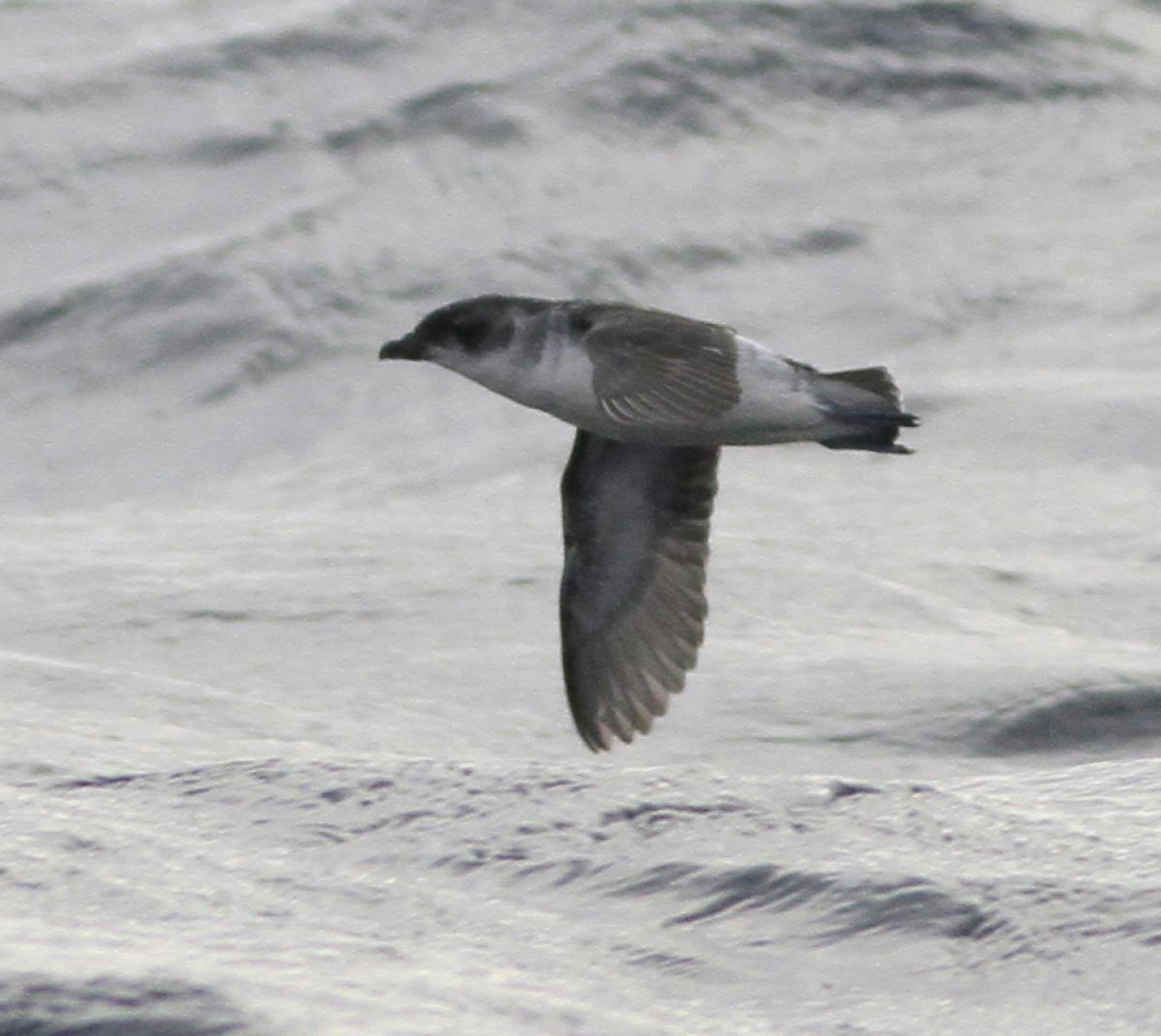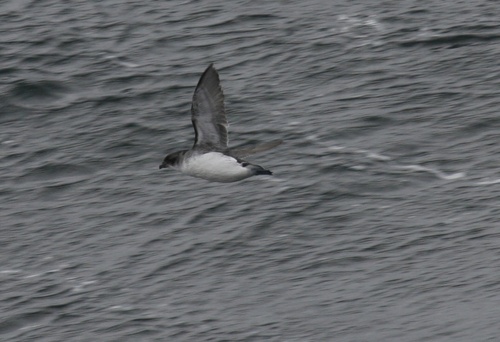
Pelecanoides urinatrix
TAXONOMY
Pelecanoides urinatrix Gmelin, 1789, New Zealand. Six subspecies.
OTHER COMMON NAMES
English: Subantarctic diving-petrel; French: Puffinure
plongeur; German: Lummensturmvolgel; Spanish: Potoyunco
Comъn.
PHYSICAL
CHARACTERISTICS
8–10 in (20–25 cm);
wingspan 13–15 in
(33–38 cm). Coloring
similar to other
Pelecanoides species;
differentiated by
configuration of its
bill and nostrils.
DISTRIBUTION
This is the most
widespread of the
diving-petrels, occurring in the Southern Ocean between about
latitudes 35° south and 55° south. It breeds on islands off Australia,
New Zealand, Chile, Argentina, and in the south Atlantic
Ocean and south Indian Ocean.
HABITAT
Breeds on oceanic islands and feeds in cool and cold oceans,
usually close to breeding sites.
BEHAVIOR
Flies low, direct, and fast, both through the air and in the water.
FEEDING ECOLOGY AND DIET
Dives and swims to feed on small fish and crustaceans.
REPRODUCTIVE BIOLOGY
Lays a single egg in a burrow or crevice. The egg is incubated
by both parents.
CONSERVATION STATUS
Not threatened. Locally widespread and abundant.
SIGNIFICANCE TO HUMANS
None other than through economic benefits of birdwatching
and ecotourism.
Photo Gallery of - Common diving-petrel




 Animalia Life
Animalia Life